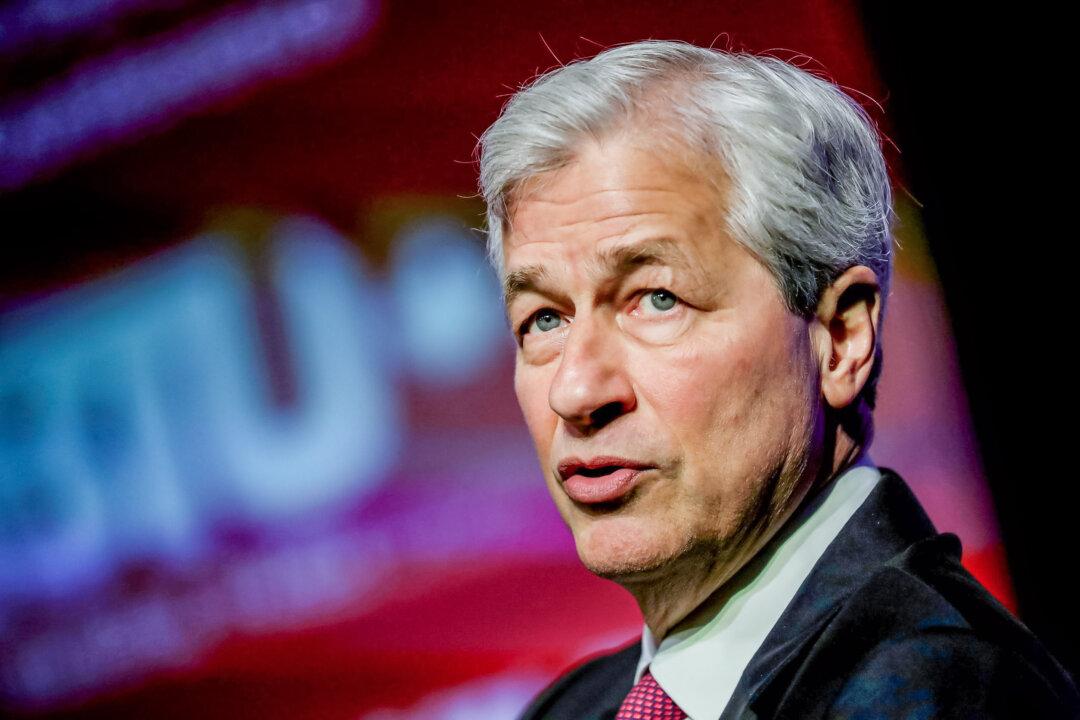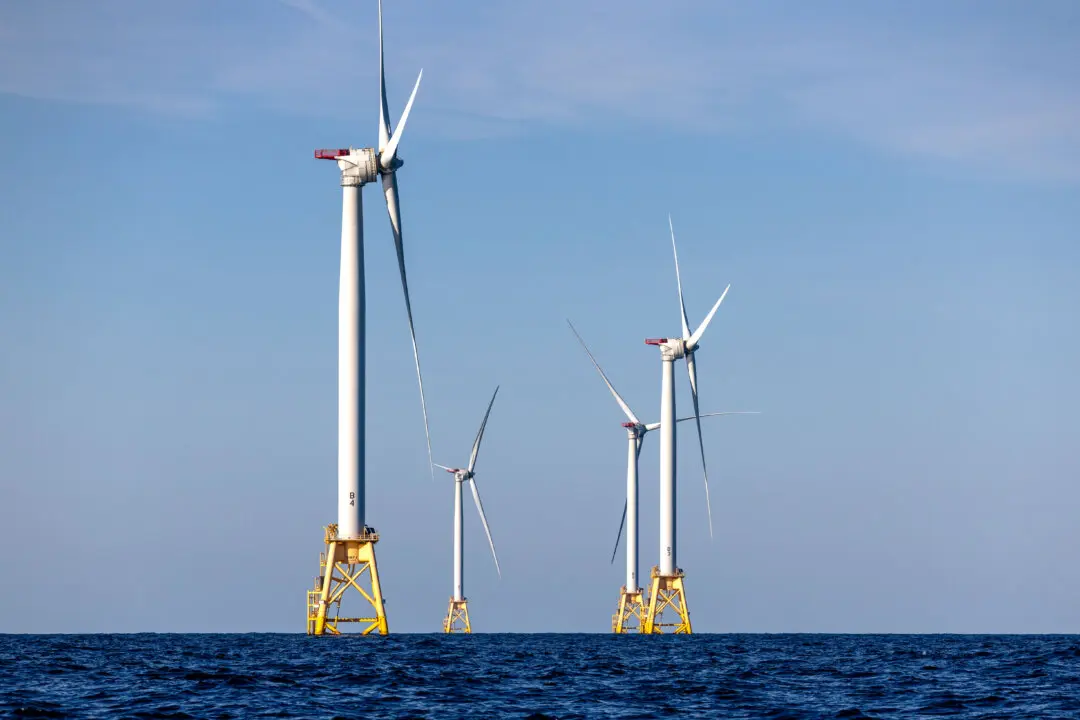JPMorgan CEO Jamie Dimon has issued a grim warning for the direction of the U.S. economy, saying he sees the odds of a “soft landing” as far lower than markets are pricing in while sounding the alarm on a possible bout of 1970s’ style stagflation fueled in part by the Biden administration’s massive deficit spending.
Mr. Dimon made the remarks in an April 25 interview with The Wall Street Journal, in which he warned about Americans being lulled into a false sense of confidence because the U.S. consumer appears to be in “pretty good shape” right now, stock markets are up, jobs are plentiful, and unemployment is low at 3.8 percent.





